Latest March Madness News

Calls Mount to Remove Kenny Smith Off CBS Broadcast Despite Charles Barkley Stirring More Drama During Florida vs. Houston
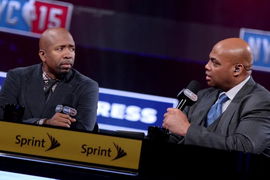
Skip Bayless Accuses Charles Barkley of Phoney College Basketball Love Ahead of March Madness Final

Did Cooper Flagg Reclass? Why Did the Duke Star Leave High School at 17

CBS Broadcasters Fight Last-Minute Injustice as Cooper Flagg’s Final Four Call Triggers Outrage
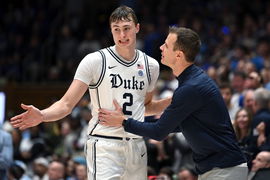
Todd Golden Clears Stance on Selfish Florida Locker Room as Auburn Exposes Major Gators Problem
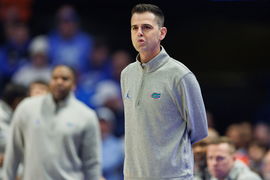

More March Madness News
Johni Broome Turns Into a Laughing Stock for the NCAA World While Stephen A. Smith Deepens Auburn’s Woes
Fans react as Johni Broome fails to win them over, and Stephen A. Smith after a drop in performance during Auburn's crucial game
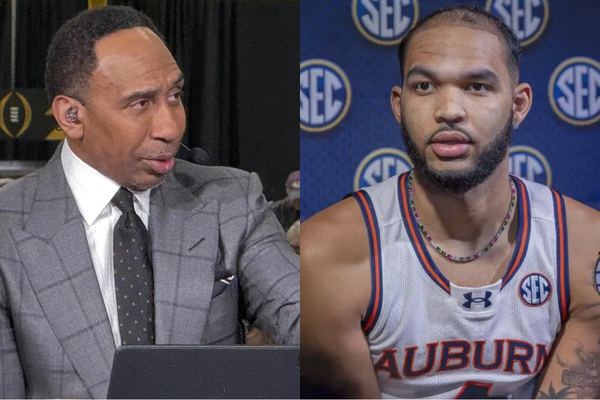
Roger Ayers & Referees Under Fire as Controversy Erupts Due to Unfair Treatment in Bruce Pearl vs Todd Golden Clash
Referee Roger Ayers faces backlash after Auburn fans accused him of soft calls favoring Florida in their tense Final Four clash
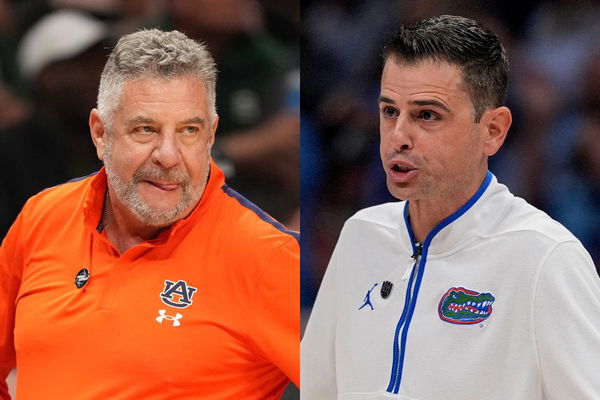
Johni Broome Tattoo Meaning: Why Does He Have Loser Written on His Neck?
Uncover the story behind Johni Broome's distinctive neck tattoo and its significance in the pop-culture world.

Caitlin Clark Set for Homecoming as Big Drama Awaits Diana Taurasi at ESPN
Cailtin Clark is expected to excite some fans, but maybe make Diana Taurasi a bit awkward, as she would join her and Sue Bird for a convo
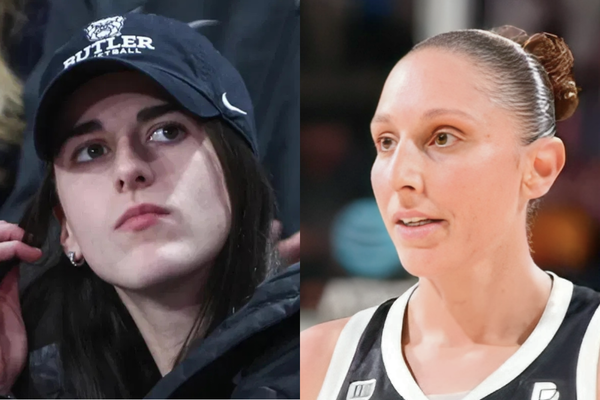
Calls Mount for Cori Close to Return Her COTY Award as Geno Auriemma Deepens UCLA Coach’s Woes
Despite tough competition between UCLA and UConn, fans aren't calling out the dominance, but want a return. Here's what happened!
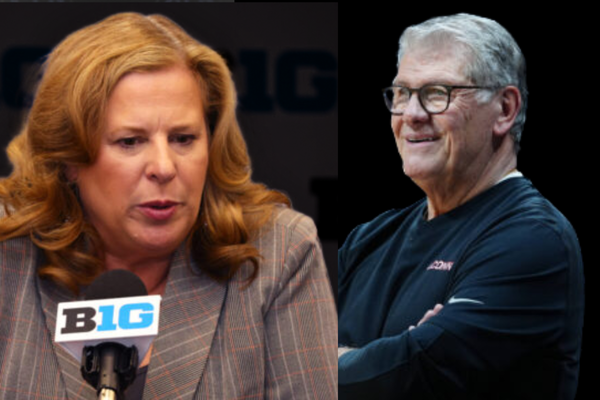
Who Are Jana El Alfy’s Parents? Everything You Need to Know About the UConn Star’s Family’s Life
As UConn Huskies move into the Final Four, let us unravel the early life of Jana El Alfy, transforming under her parents' guidance

NCAA Officials Spoil the Fun for Dawn Staley as Calls Mount Against Final 4 Injustice to Vic Schaefer’s Texas
Despite a tough game between South Carolina and Texas, fans aren't buzzing about the competition. Here's why they're agitated!
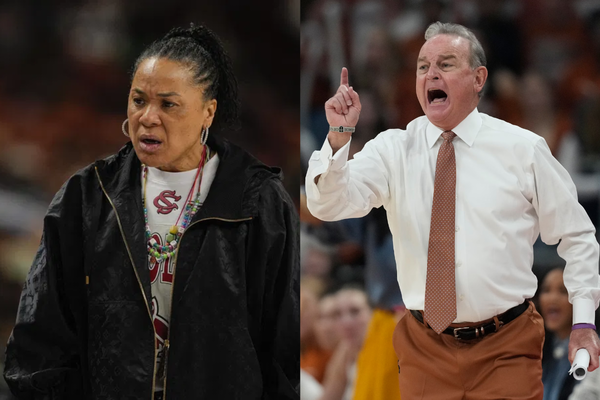
Juju Watkins Has a Silent Reaction to Dawn Staley’s Strong Message Before South Carolina’s Final Four Game
Juju Watkins stays composed while attention builds around Dawn Staley’s bold message ahead of South Carolina’s Final Four showdown

Tahaad Pettiford Forced Into Silence as Bruce Pearl Clears Stance on Auburn Star’s Role
Tahaad Pettiford’s clutch play helped fuel Auburn’s Final Four run — but it isnt what truly won over Bruce Pearl.

Auburn Resists Panic Button as Bruce Pearl’s Close Associate Explains Johni Broome Situation Ahead of Final Four Clash
Auburn's Broome fights through injury as Pearl's defense takes on Florida's explosive offense in a Final Four showdown. Who will prevail?
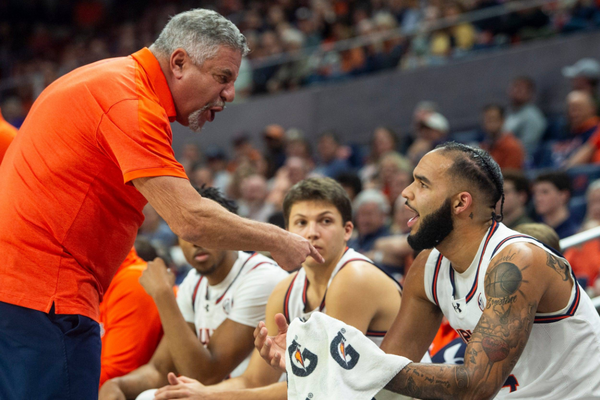
College Basketball Hits Rock Bottom but ESPN Analyst Finds No Issue With a Bold Stance on NCAA Final Four
Despite criticism about the NCAA Final Four being 'predictable', a former coach highlights why the absence of Cinderella teams is good

Insider Hints at Shocking Transfer Portal U-Turn After Buzz Williams Walks Away from Texas A&M
Ever since their former head coach packed his bags, the Maryland Terrapins’ roster has been in flux. But here’s the catch!
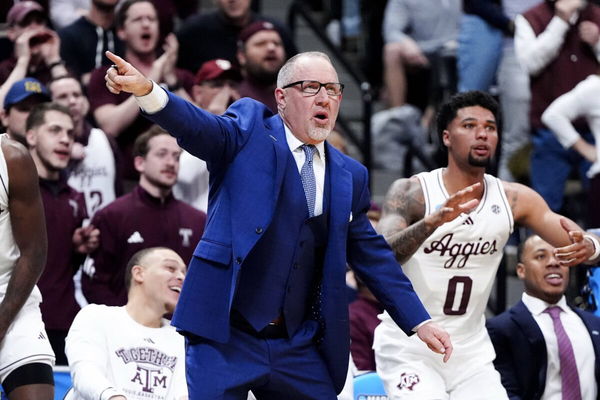
Hannah Hidalgo Could Be a Reason Behind Olivia Miles’ Transfer Portal Decision as National Analyst Predicts Her Next Stop
ESPN's analysts predict a perfect team for Olivia Miles to land. Here are the reasons why he could be right!
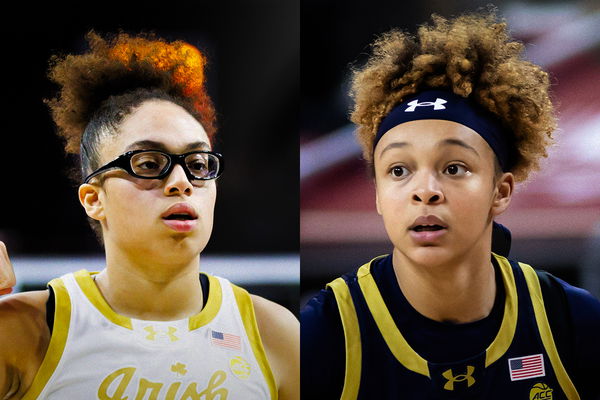
Jay Wright Salary: How Much Does the March Madness Analyst Earn at CBS?
The 63-year-old CBS analyst and retired Villanova HC Jay Wright shares his recent views on the Elite Eight of the ongoing March Madness.
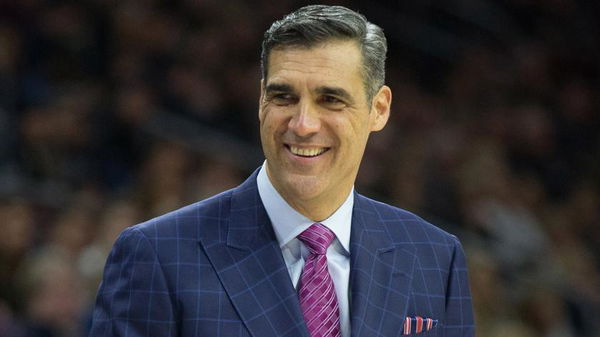
Amid Home Team’s Exit, Charles Barkley Speaks Out on Issue That Drove Him to Turn Off His Phone
Find out why Charles Barkley vents frustration over a special requests that made him turn off his phone, amid his home team loss.

Emotional Hailey Van Lith Opens Up About TCU Coach Mark Campbell After Heartwarming Moment Goes Viral
Hailey Van Lith played her last collegiate game as the TCU lost 58-47 at the Elite Eight stage of the March Madness
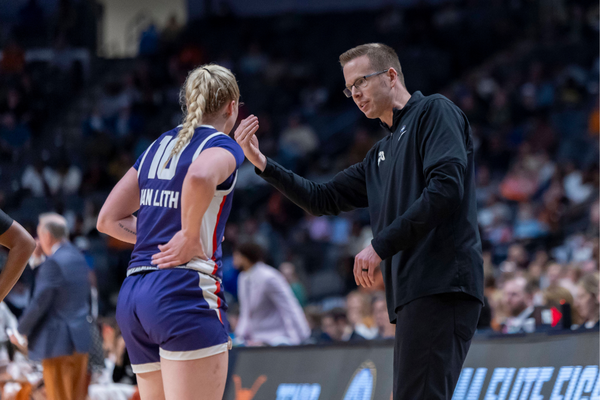
2025 NCAA Tournament: How Much Bonus Did Kim Mulkey Get After LSU’s Elite 8 Exit?
Find out about the lucrative deal that adds a little bit of sweetness to Kim's bittersweet March Madness this year.

Fresh Intel Confirms Nate Oats’ Next Team After Frustrations Grow With Alabama’s NIL Situation
Reports indicate Nate Oats heading to another team as frustrations grow with Alabama's football team being preferred over basketball

Guilt Consumes Nate Oats As Alabama Coach’s Claim On Cooper Flagg & ACC Results In March Madness Loss
The remarks made by Nate Oats a few weeks ago about their standing on the ACC ranking come back to haunt him after the recent loss

Paige Bueckers Nearly Outscored All Her UConn Teammates Combined and Then Said This About Them
Paige Bueckers scored 40 points in the UConn Huskies' 82-59 win over the Oklahoma Sooners. She clarified her stance on her UConn teammates.
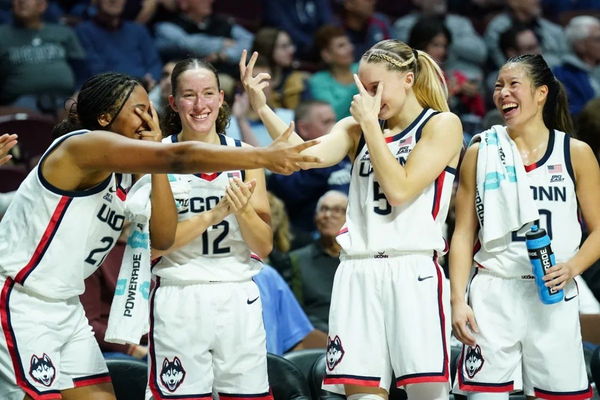
Fresh USC Locker Room Intel Reveals JuJu Watkins’ New Role as Injured Star Hosts Sweet 16 Watch Party
JuJu Watkins may be out, but USC isn't slowing down. The Trojans rally without their star, and Watkins is still there, just from a new spot.
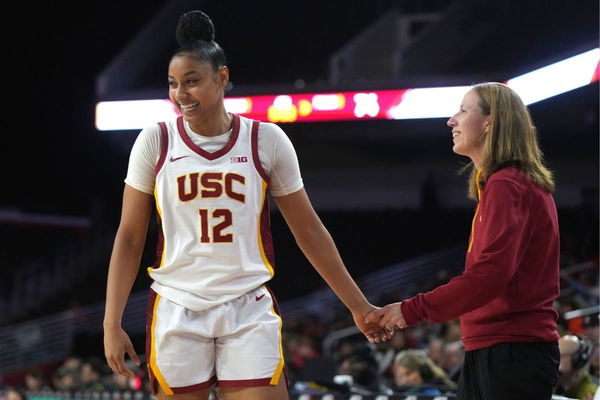
Eyewitness Confirms Cooper Flagg’s Mother’s Rude 4-Word Message to NCAA Officials & Alabama
As Duke battled Alabama in a high-stakes Elite Eight clash, Cooper Flagg's Mother steals the spotlight for the night!
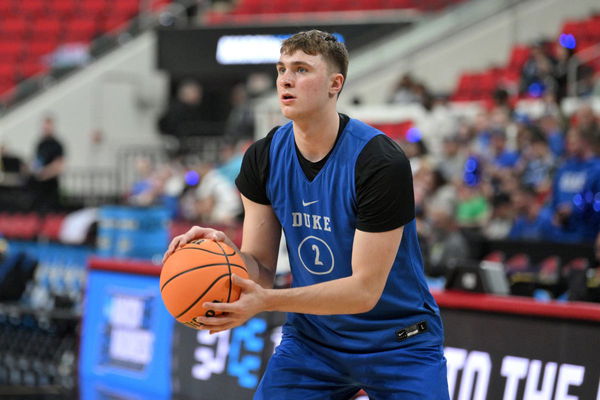
Flau’jae Johnson Issues Stern Warning to UCLA After LSU Faces Utter Disrespect From NCAA Tournament Rival
Flau'jae Johnson issues warning against the confident UCLA players who are itching to get their revenge against the Tigers
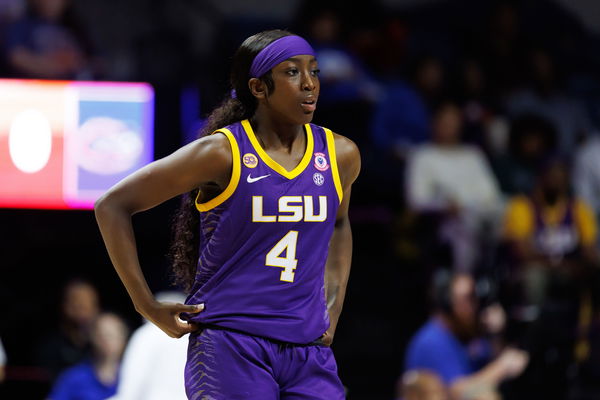
Kim Mulkey Agrees Selling Soul to NCAA as She Joins Geno Auriemma’s Hate Against Super Regional Bid
Kim Mulkey joins Geno Auriemma in slamming the NCAA's super regional format as LSU faces a tough Elite Eight battle against UCLA.
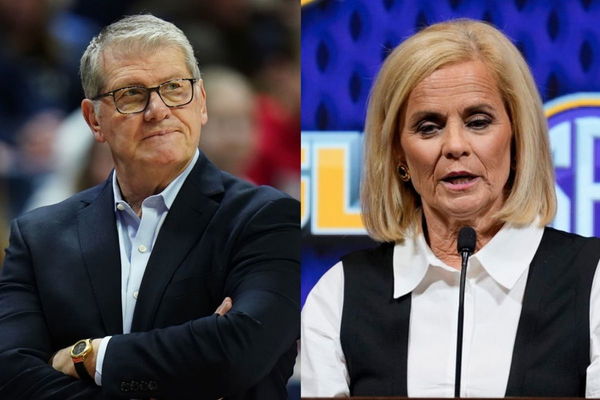
Charissa Thompson’s Perfect Advice to Deal With Major Issue During Flights as Erin Andrews Confirms March Madness Loyalties
Stuck on an airplane with troublemakers? Nervous about your team when watching a game? Charissa Thomson and Erin Andrews have you covered.
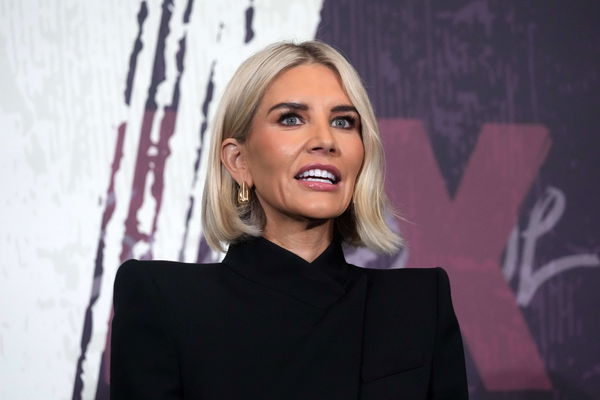
Bruce Pearl Gives Tahaad Pettiford a Nasty Tag After Revealing Unknown Connection With Auburn Freshman
Bruce Pearl highlights just how comfortable his bond with Tahaad Pettiford has become after giving the player a new personal moniker
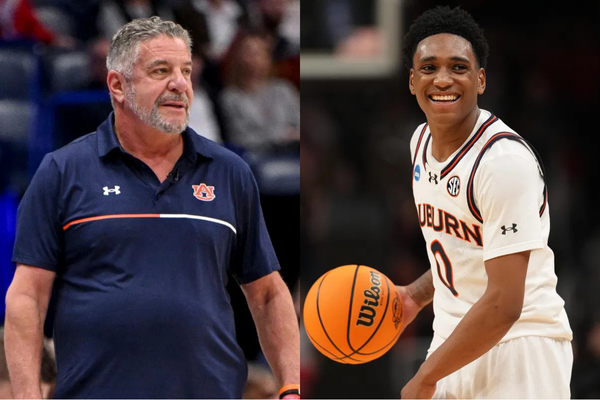
About March Madness
March Madness, an informal term that refers to the NCAA Division I men’s basketball championship tournament, has been played since 1939. One of the most anticipated and watched sports events in the US, March Madness is a single elimination tournament that begins in March every year and comprises 68 teams competing in seven rounds for the national championship. A total of 37 different schools have managed to get their hands around the trophy to date with UCLA, the most with 11 championships.
The 68-team format was put into effect for the first time in 2011 and has been a regular feature since then. Participation was limited to 64 teams between 1985 and 2010. With the exception of the 2020 season, where the tournament was canceled due to the COVID-19 pandemic, the championship has been a premier source of entertainment for the American audience.
Evolution of Tournament Format
Early Era (1939”“1970)
A tournament that has stood the test of time for over eight decades is bound to have a golden history. The tournament’s format has undergone considerable changes over the years. The inaugural tournament was held in 1939, with Oregon emerging as the champion. It was the brainchild of Ohio State coach Harold Olsen. Back then, the NABC managed the operations for the NCAA.
The term March Madness first came into existence close to 85 years ago, when Henry V. Porter, who was a teacher and a coach at the Athens High School in central Illinois and later served as an executive secretary of the Illinois High School Athletic Association, coined the word in an essay that appeared in the journal. The drama around the term brought the entire state together, and later he also came out with a poem that was made public in the Illinois Interscholastic in March 1942.
Between 1939 and 1950, the tournament comprised only eight teams, which was later doubled to 16 in 1951, thus adding two additional districts and six sports for at-large teams. The conferences still had just one team, but more than one conference from the same geographic district could now be included. A couple of years later, in 1953, the tournament expanded to 22 teams, with 10 teams receiving a bye to the regional semis. The double region naming was active until 1956 but was renamed to East, Mideast, Midwest, and West until 1985.
At the start of 1946, a third-place game was held before the championship game, a ritual that was followed until 1952. During this time, the National Invitation Tournament emerged, founded by the Metropolitan Basketball Writers at the Madison Square Garden in New York. The NIT received more coverage than the NCAA, but good teams stayed away from the latter because of the 8-district rule until 1950. While teams often competed in both tournaments, in the 1951 edition, the NCAA banned the teams and asked them to set their priorities clearly.
Pre-modern Era (1971”“1984)
With the passage of time, the NCAA formed rules to ensure that their product became the most valued tournament for college basketball. In 1971, a couple of rules were changed, the first of which banned teams from declining an invitation to the NCAA to participate in other post-season tournaments. As a result, the NCAA comprised the conference champions and a majority of the top-ranked teams, thus solidifying its dominance. The second rule was to allow multiple teams per conference in 1975. This resulted in several high-ranked teams participating in the competition.

The tournament was then expanded to 32 teams in 1975. Another expansion took place four years later when the tournament was made open to 40 teams, adding another sixth round, as a total of 24 teams received a bye. Eight more teams were added in 1980. The concept of seeding was also introduced in the 1980s, thus ensuring drama and fairness in matchups as better teams went ahead and the competition didn’t suffer.
Modern Era (1985”“present)
The final and most recent format update for March Madness came in 1985 when the NCAA decided to eliminate all byes and play-ins. The most important decision was to expand the participating team pool to 64. Thus throwing an open challenge to all the teams to win six straight games to win the tournament. The move was an instant hit as it created ripples in the media industry, providing the tournament with more eyeballs, coverage, and popularity in the American audience and culture.
The 1996 Final Four was the last one to be held inside a basketball venue, and since then it has been conducted in large indoor football stadiums. In 2001, the tournament was expanded to 65 teams, and the concept of play-in games was added to the mix. This was in response to the creation of the Mountain West Conference in 1999. The last two teams were seeded in a regional bracket of 16 seeds, and the game was played on Tuesdays in Dayton, Ohio.
While there were rumors of the tournament getting expanded to 128 teams, CBS's television contract with the NCAA revealed the expansion to 68 teams, starting in 2011, thus establishing the First Four concept. This was created by the addition of three play-in games, out of which the first two games pit 16 seeds as opponents, and the remaining two pits the last at-large bids against each other.
In 2016, the NCAA introduced a New March Madness logo, used as a tool for branding, thus incorporating branded courts at each of the tournament venues, leaving behind the tradition of using the generic NCAA court. Due to COVID-19 in 2020, the NCAA canceled the tournament for the first time in history, but not before discussing a short tournament comprising only 16 teams in the Final Four city of Atlanta. In 2021, the entire tournament was hosted in the state of Indiana, reducing travel and hence the risk of spreading the virus. However, in 2022, the tournament returned to its original format.
Championship Records & Impact on American Culture
The NCAA Division I men’s basketball tournament has witnessed some glorified moments, and champions who have etched their names in the history books forever. The University of California, Los Angeles, has been the most successful college basketball team in the tournament history, with 11 titles under their belt. Interestingly, ten of those championships came in a span of 12 years starting from 1964. At the second spot is Kentucky with eight titles, followed by North Carolina with six. At the fourth spot, there are three teams - Connecticut, Duke, and Indiana with five titles each. Connecticut is the defending champion, having won the 2023 championship, defeating San Diego State in the final.
Teams with multiple NCAA championships
| Rank | Team Name | Wins/Years |
| 01 | UCLA | 11/ 1964-73, 1975, 1995 |
| 02 | Kentucky | 08/ 1948-49, 1951, 1958, 1978, 1996, 1998, 2012 |
| 03 | North Carolina | 06/ 1957, 1982, 1993, 2005, 2009, 2017 |
| 04 | Duke | 05/ 1991-92, 2001, 2010, 2015 |
| 05 | UConn | 05/ 1999, 2004, 2011, 2014, 2023 |
| 06 | Indiana | 05/ 1940, 1953,1976, 1981, 1987 |
| 07 | Kansas | 04/ 1952, 1988, 2008, 2022 |
| 08 | Villanova | 03/ 1985, 2016, 2018 |
| 09 | Louisville | 02/ 1980, 1986 |
| 10 | Cincinnati | 02/ 1961-62 |
| 11 | Florida | 02/ 2006-07 |
| 12 | Michigan State | 02/ 1979, 2000 |
| 13 | NC State | 02/ 1974, 1983 |
| 14 | Oklahoma State | 02/ 1945-46 |
| 15 | San Francisco | 02/ 1955-56 |
Other than lifting the NCAA title for a record 11 times, the UCLA Bruins men’s basketball team has created a plethora of records on the way to etching college basketball's golden era.
- 7 consecutive titles - 1964 to 1973
- 13 NCAA title game appearances
- 10 consecutive Final Four appearances - 1967 to 1976
- 25 Final Four wins
- 38-game NCAA tournament winning streak - 1964 to 1974
- 134 weeks ranked number one in the AP Top 25 Poll
- 54 consecutive winning seasons - 1949 to 2002
- 88-game men’s regular season winning streak - 1971 to 1974
- Four undefeated seasons - 1964, 1967, 1972-73
- 13 straight conference championships - Tied with Kansas
John Wooden Era - 1948 to 1975
After failing to win even a single championship between 1919 and 1947, during which the team registered some good victories but could never become a force to be reckoned with, the management decided to hand over the coaching duties to the Wizard of Westwood, John Wooden. Before his arrival, UCLA had only won a couple of conference championships in the previous 18 years. During his regime, which lasted for 27 years at UCLA, the team reached its pinnacle. He won a record 10 NCAA championships in a space of 12 years, which also includes a record 7-in-a-row. No other team in history has managed to win more than two championships back-to-back to date. Under his regime, the team won a men’s basketball record of 88 consecutive games. In his very first season, Wooden registered 22 wins compared to seven losses, the most wins in a season in program history, and the PCC Southern Division Championship. The second season saw one more PCC title and a couple more division titles in the next season to go with the conference title in 1949. In 1955”“56, the Bruins won their maiden conference title and, along the way, went 17 games undefeated. Wooden coached in his final game on March 1, 1975, where UCLA trounced Stanford in a one-sided game. Four weeks later, after a semifinal win over Louisville, Wooden announced that he would retire immediately after the championship game. His team gave him a perfect sendoff as UCLA defeated Kentucky, giving him his unprecedented 10th national championship title in 12 years.Top 3 NCAA coaches with multiple championships
| Rank | Name | Wins | Years |
| 01 | John Wooden | 10 | 1964-73, 1975 |
| 02 | Mike Krzyzewski | 05 | 1991-92, 2001, 2010, 2015 |
| 03 | Adolph Rupp | 04 | 1948-49, 1951, 1958 |
Coverage
Given the extent to which college basketball is followed in the US, the March Madness games are broadcasted by CBS, TBS, TNT, and truTV under the name ‘NCAA March Madness’. Multinational media and entertainment conglomerates like Paramount Global, Warner Bros., and Discovery pay $891 million annually for broadcast rights; a contract that was signed in 2011 and renewed in 2016 now runs until 2032.
USA Today via Reuters
Mar 17, 2023; Columbus, OH, USA; Fairleigh Dickinson Knights forward Pier-Olivier Racine (14) battle Purdue Boilermakers center Zach Edey (15) and guard David Jenkins Jr. (14) for the ball in the second half at Nationwide Arena. Mandatory Credit: Rick Osentoski-USA TODAY Sports





